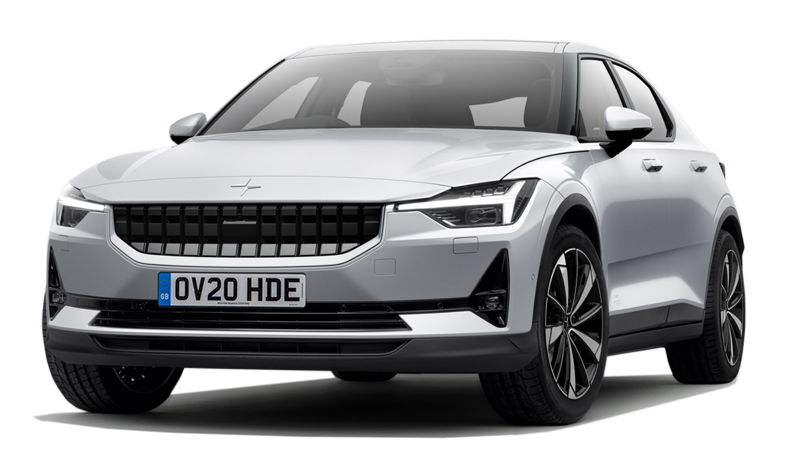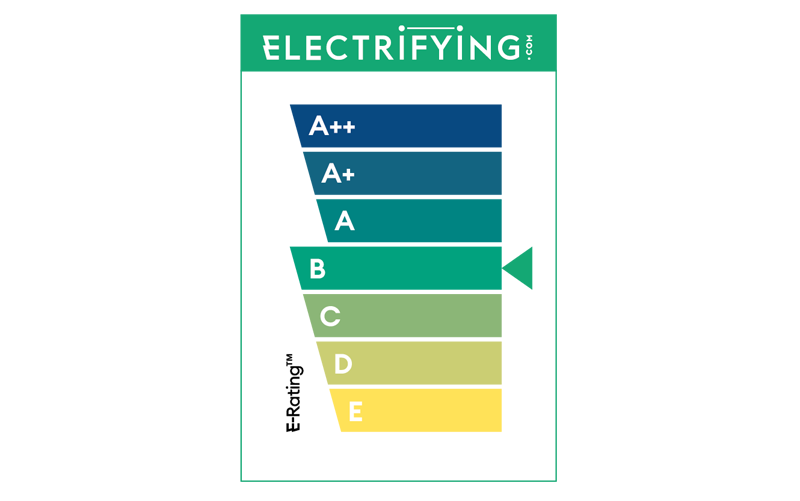Performance
The acceleration timing figures of the Polestar would seem really impressive compared to a conventional petrol or diesel car. The 4.7 seconds claimed time to go from 0-62 mph (that’s the same as 100kph in metric-speak, in case you wondered why this strangely-rounded speed in used) is faster than many cars which wear the M, AMG or RS badges from German rivals.
The way it delivers the power is smooth and easy to control too. The first few centimetres of throttle pedal travel allow you to make good progress without using too much battery power. Squeeze harder though and the car accelerates without drama. It’s not quite as shocking as the power delivery in something like a Tesla 3 Performance, but it’s plenty to make sure overtakes and pulling onto a motorway from a slip road is drama-free.
Drive
For anyone used to driving an SUV, the Polestar will seem pretty low-slung, but for saloon drivers it will seem higher-riding. But for either it is easy and comfortable to drive. The key is about the size of a Tic-Tac box and once it’s inside the car and there is someone in the driver’s seat, there is no need to press a start button. Just select ‘Drive’ and the car is ready to go.
Once on the move, the steering car feel slightly odd at first, especially if the lane keeping systems are engaged and trying to tug you back over white lines. It’s not got the natural feel you’d get in a BMW, but it is less fidgety and more relaxing on longer drives.
The brakes too are confidence inspiring, especially if fitted with the optional Performance Pack upgrade. With the regen braking in its highest mode it’s possible to drive without using the brake pedal at all, but if you do need to stamp on the pedal it brings the car to a halt with no drama. That’s not something you can say about all electric cars.


















